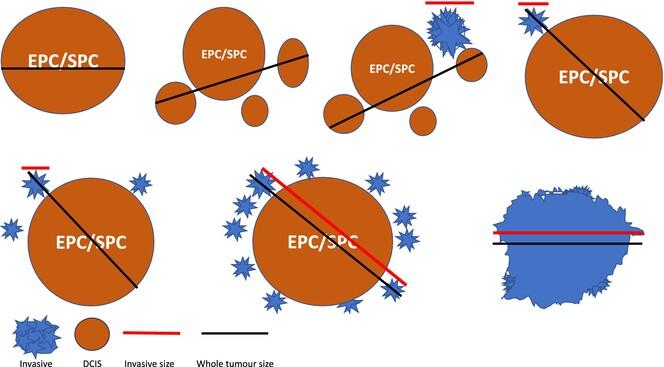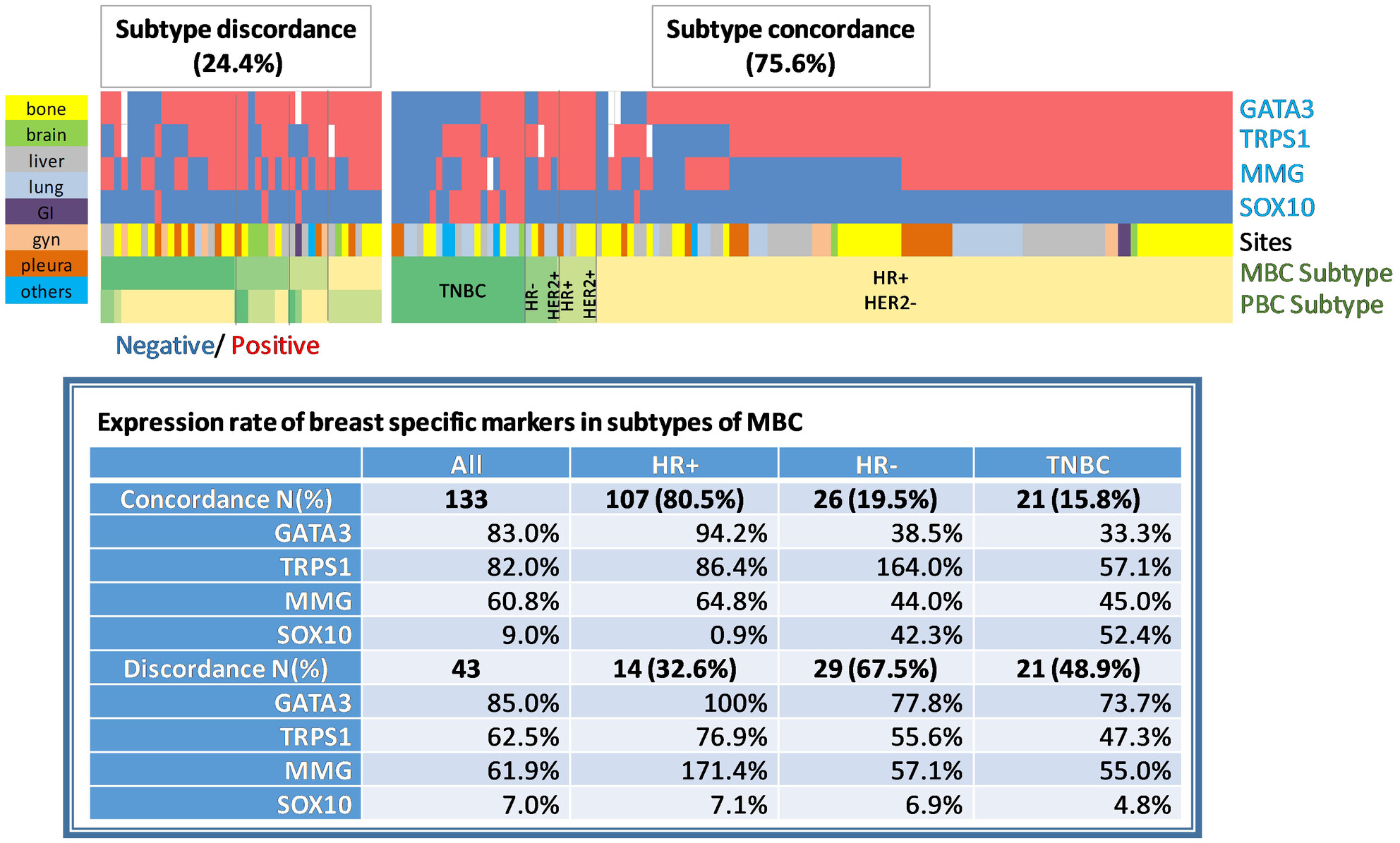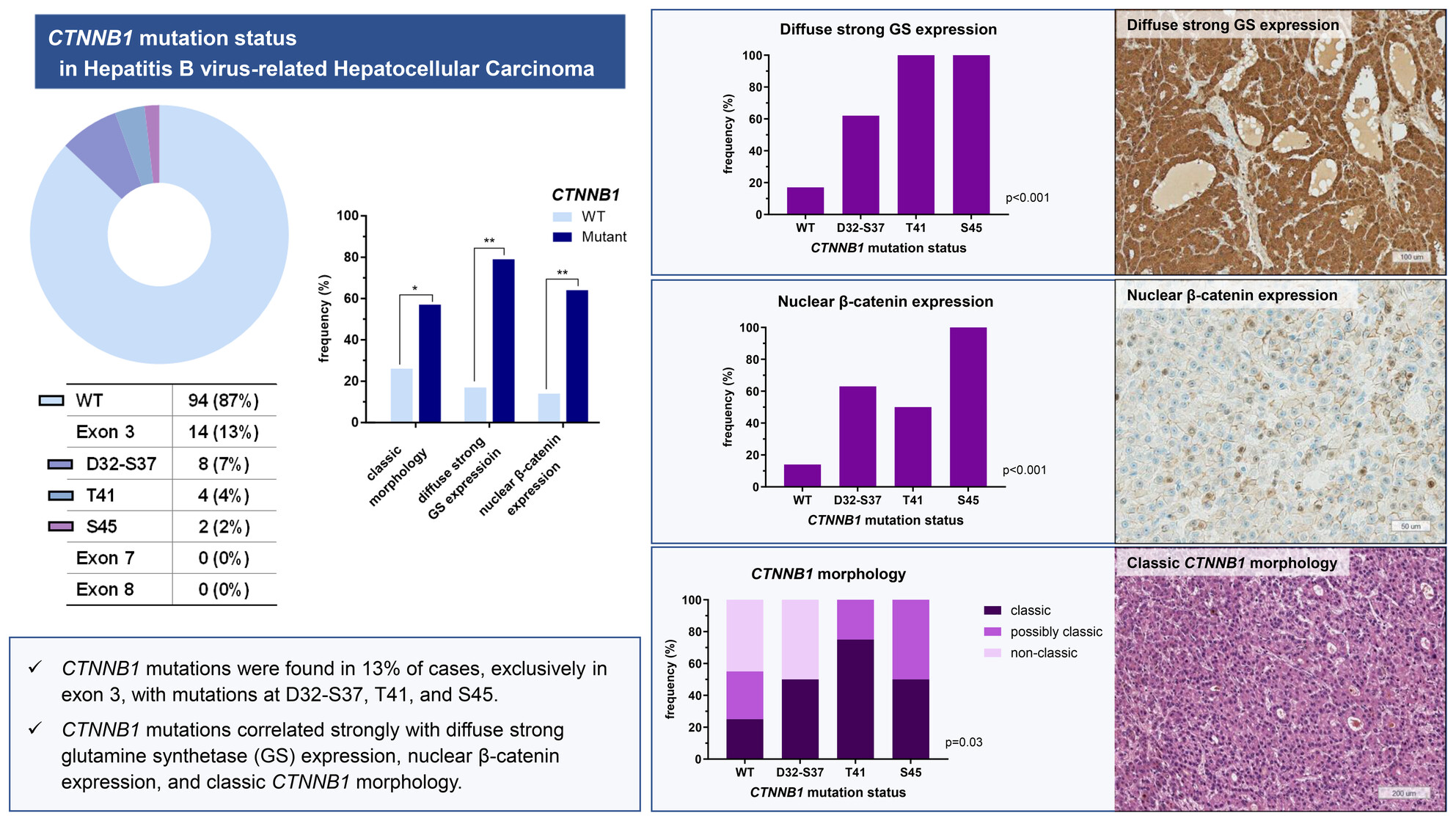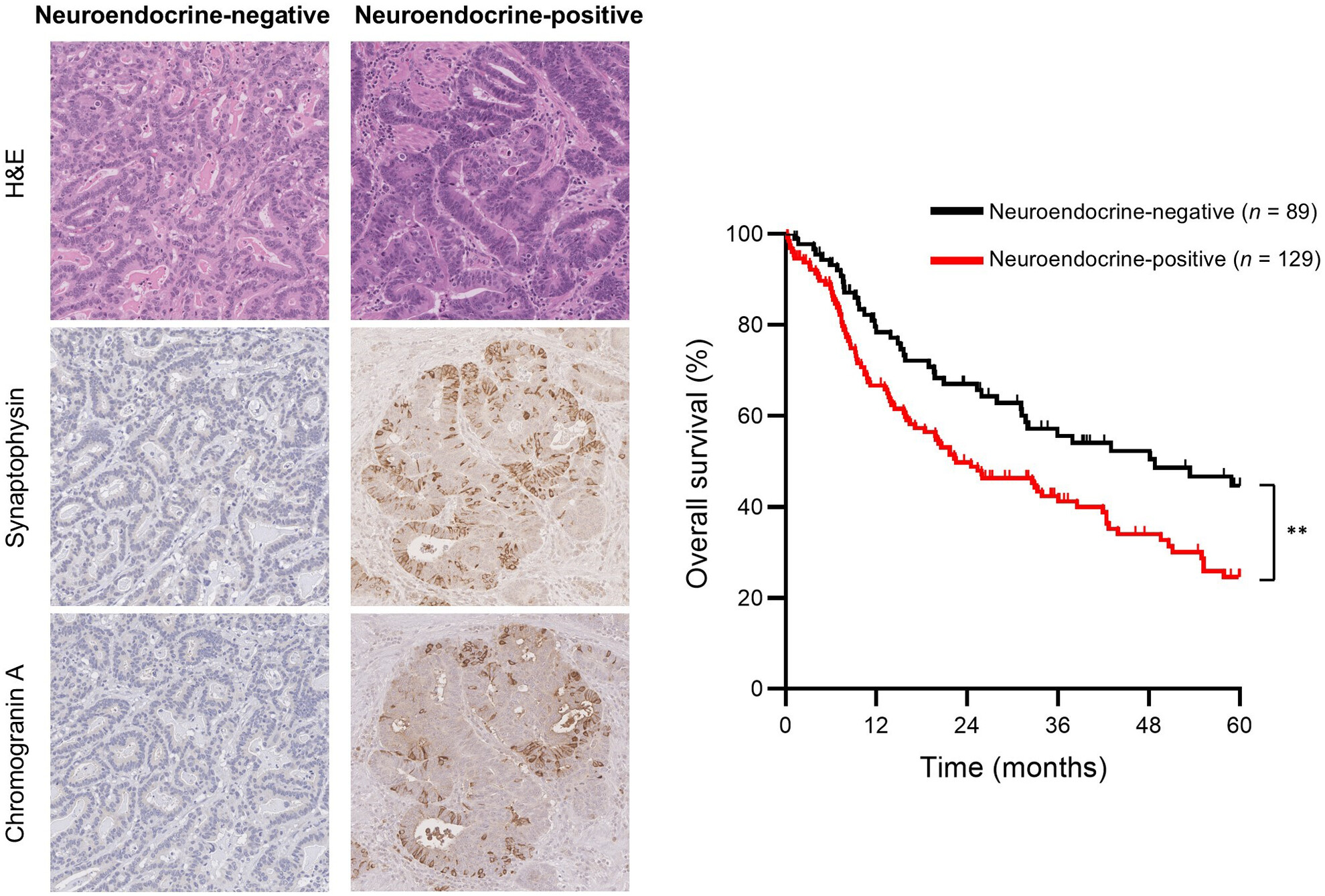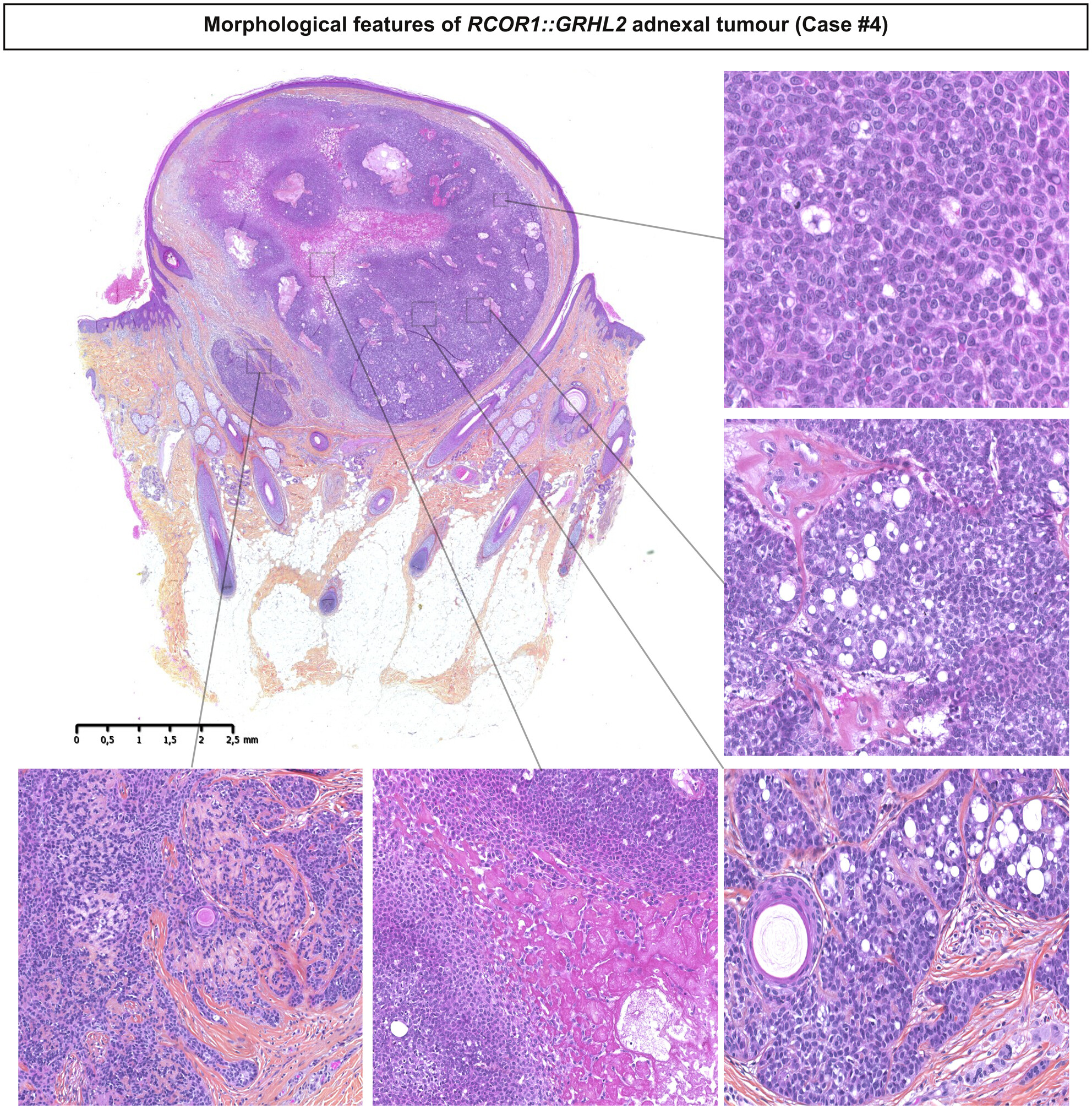Journal list menu
Export Citations
Download PDFs
Issue Information
Review
Tumour deposits are associated with worse survival than extranodal extension; a network meta-analysis on tumour nodules in colorectal cancer
- Pages: 485-496
- First Published: 28 August 2024
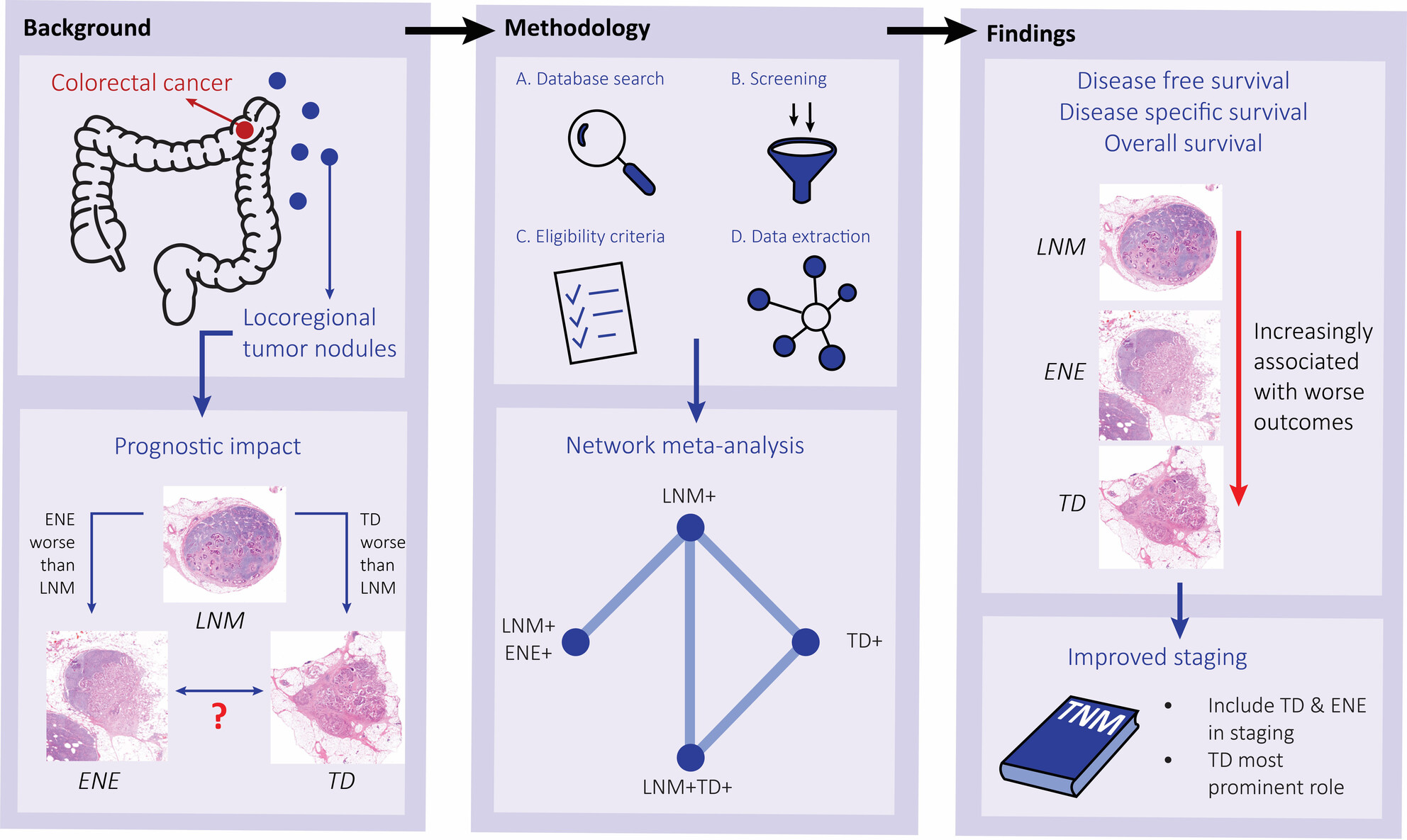
This systematic review compares LNM+, LNM + TD+ and LNM + ENE+ cases using network meta-analyses. As LNM+TD+ has a worse outcome than LNM +E NE+ and both groups perform worse than cases with LNM only, more emphasis on both ENE and TD in the TNM classification is needed, with the most prominent role for TD.
Controversies regarding encapsulated papillary carcinoma of the breast: an approach to evaluation and categorisation
- Pages: 497-513
- First Published: 29 August 2024
Editorial
The changing landscape of liver transplantation and the role of histopathology
- Pages: 514-515
- First Published: 17 December 2024
Original Article
Evolution of morphological changes in donor livers undergoing normothermic machine perfusion
- Pages: 516-524
- First Published: 20 November 2024
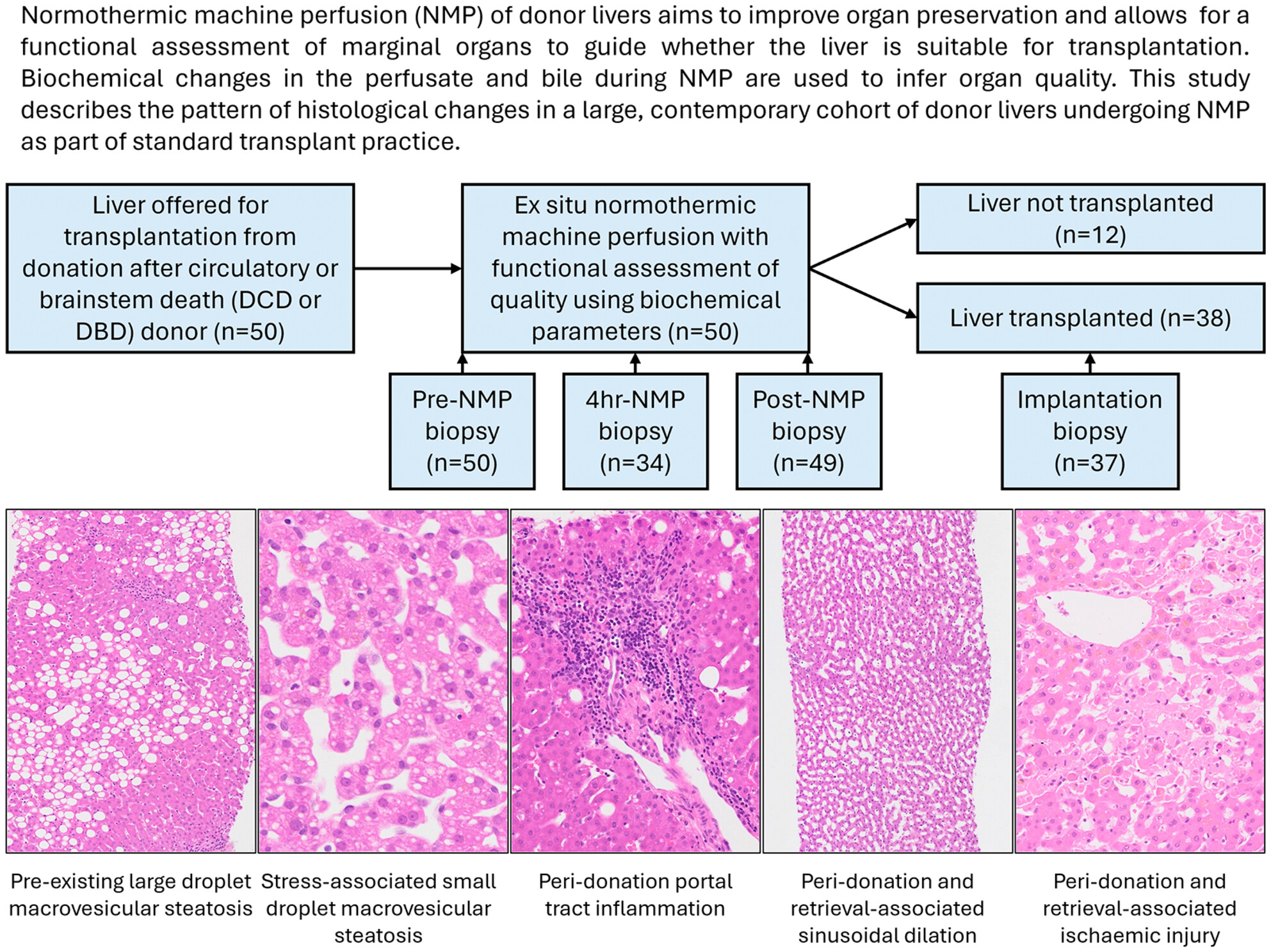
The histological changes in liver biopsies taken during the normothermic machine perfusion (NMP) pathway predominantly comprise donor-derived macrovesicular steatosis, stress-associated small droplet steatosis, retrieval/procedure-associated sinusoidal dilation and ischaemic injury. Regional variations in necrosis extent are likely to limit the utility of biopsies taken during NMP to assess organ quality.
Clinicopathologic features and outcomes of hepatic inflammatory pseudotumour (IPT) and hepatic IPT-like lesions
- Pages: 525-535
- First Published: 31 October 2024
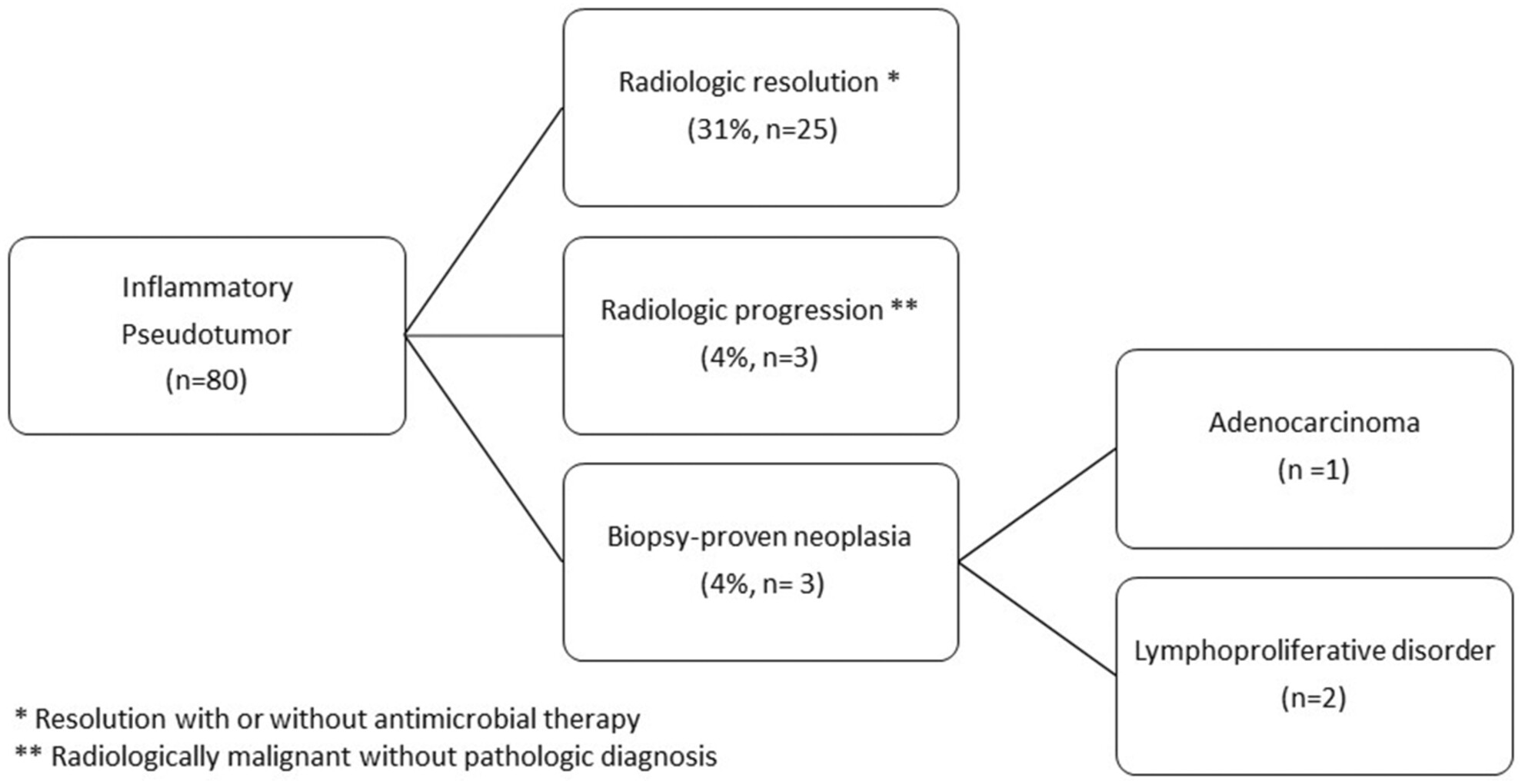
In this retrospective study of 80 patients with biopsy-proven hepatic inflammatory pseudotumour (IPT), patients commonly have a history of biliary disease (15%) or prior intraabdominal surgery (24%). Most patients with available clinical follow-up demonstrated radiologic resolution and/or had repeat negative biopsy; a minority of patients (8%) were subsequently diagnosed with neoplastic hepatic lesions.
Evaluation of breast-specific marker expression in metastatic breast cancers: Correlation with subtype switch
- Pages: 536-546
- First Published: 31 October 2024
Correlation between CTNNB1 mutation status and tumour phenotype in hepatitis B virus-related hepatocellular carcinoma
- Pages: 547-558
- First Published: 11 November 2024
Neuroendocrine differentiation and serotonin expression in oesophageal adenocarcinomas after neoadjuvant therapy: correlation with clinicopathological features and outcome
- Pages: 559-570
- First Published: 11 November 2024
Recurrent GRHL fusions in a subset of sebaceoma: microscopic and molecular characterisation of eight cases
- Pages: 571-584
- First Published: 20 November 2024
Sinonasal adenosquamous carcinomas arising in seromucinous hamartoma or respiratory epithelial adenomatoid hamartoma with atypical features: Report of five detailed clinicopathological and molecular characterisation of rare entity
- Pages: 585-602
- First Published: 20 November 2024
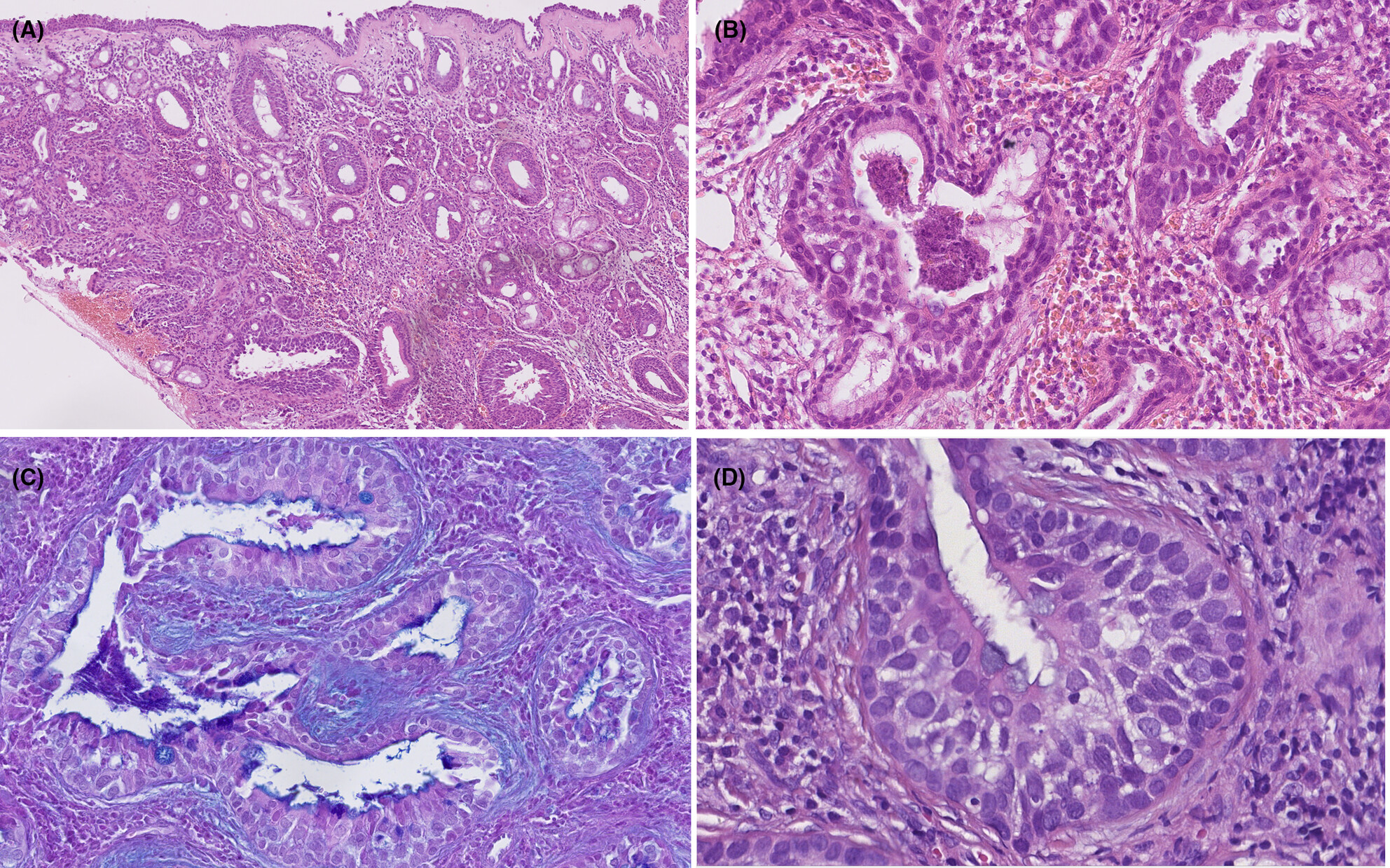
The tumour was covered by respiratory mucosa without metaplastic or dysplastic changes with branched glands of REAH descending from the surface respiratory epithelium into the stroma with budding structures of SH and ASGSH glands (A). Detailed SH transforming into ASGSH (B). AMP staining showing ASGSH with reduced brush border and mucin production (C). REAH glands were branched and consisted of multiple layers of secretory and myoepithelial cells with irregular and disorganized stratification and chaotic arrangement of nuclei (D).
Diagnostic features in paediatric MDS-EB with UBTF-internal tandem duplication: defining a unique subgroup
- Pages: 603-610
- First Published: 20 November 2024

Distinctive histopathological features of paediatric MDS with UBTF-TD include hyperplastic myelopoiesis with severe atypia, frequent micromegakaryocytes, and immature erythropoiesis with circulating normoblasts. These findings may aid in the early diagnosis and guide targeted molecular testing and treatment strategies, which are critical to improving patient outcomes.
Initiation of molecular testing of endometrial carcinomas in a population-based setting: practical considerations and pitfalls
- Pages: 611-626
- First Published: 28 November 2024
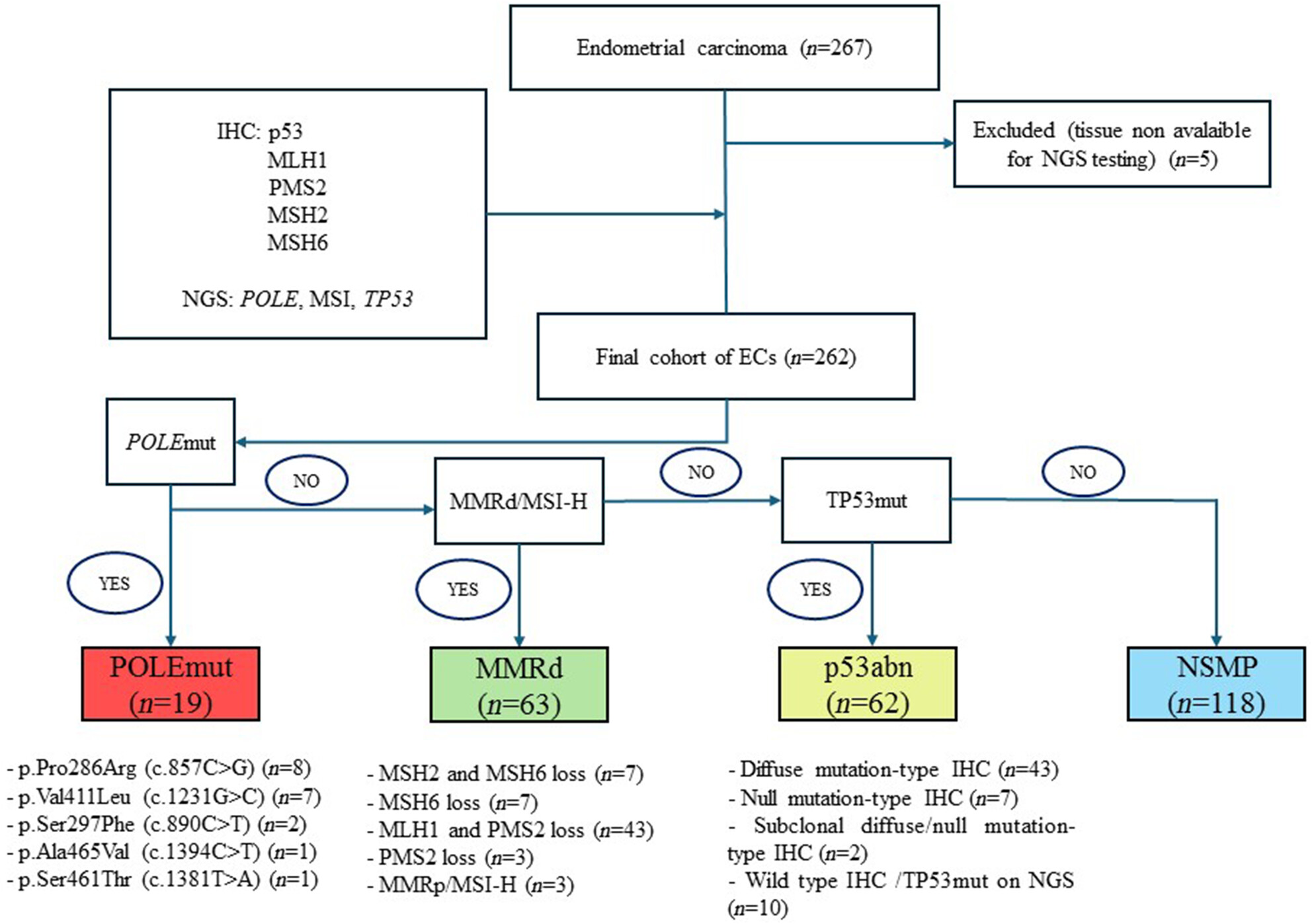
This represents the first population-based study investigating the prevalence of the different TCGA molecular groups of endometrial carcinomas in an unselected population. Performing molecular testing on biopsies enables management to be tailored to the molecular group and allows integration of the TCGA group into the report of the final resection specimen.
Unexpectedly high variability in determining tumour extent in prostatic biopsies: implications for active surveillance
- Pages: 627-639
- First Published: 28 November 2024
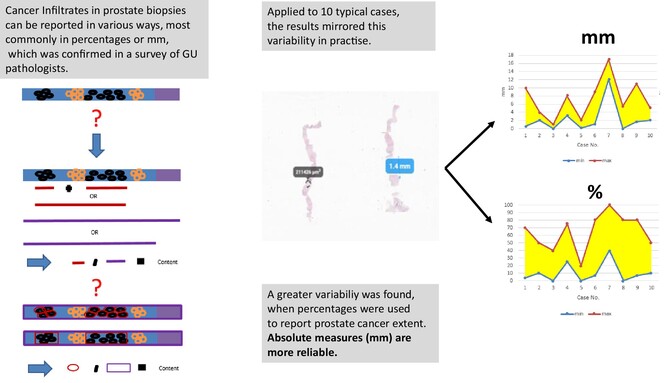
Cancer infiltrates in prostate biopsies are reported in various ways, commonly in percentages or mm, which was confirmed in a survey of genitourinary pathologists. Further, 10 typical cases mirrored this variability in practice. A greater variability was seen for percentages in reporting prostate cancer extent. Therefore, absolute measures (mm) are preferable.
Short Report
Expression of claudin-18.2 in cholangiocarcinoma: a comprehensive immunohistochemical analysis from a German tertiary centre
- Pages: 640-646
- First Published: 27 December 2024
Lesson of the Month
Myxoid “pauci-hemosiderotic” fibrolipomatous tumour: a diagnostic challenge
- Pages: 647-649
- First Published: 09 September 2024
Correspondence
Mixed germ cell-sex cord stromal tumour of the testis, further evidence supporting similarity of the germ cell component to spermatocytic tumour: case report
- Pages: 650-652
- First Published: 06 November 2024
Multi-neoplastic potentials including metachronous clonally unrelated nodal T-follicular helper cell lymphomas in clonal haematopoiesis
- Pages: 652-656
- First Published: 11 November 2024
Shared immunohistochemical and genomic features of the low- and high-grade components of a cutaneous secretory carcinoma with epidermotrophism and lymph node involvement
- Pages: 656-659
- First Published: 18 November 2024





